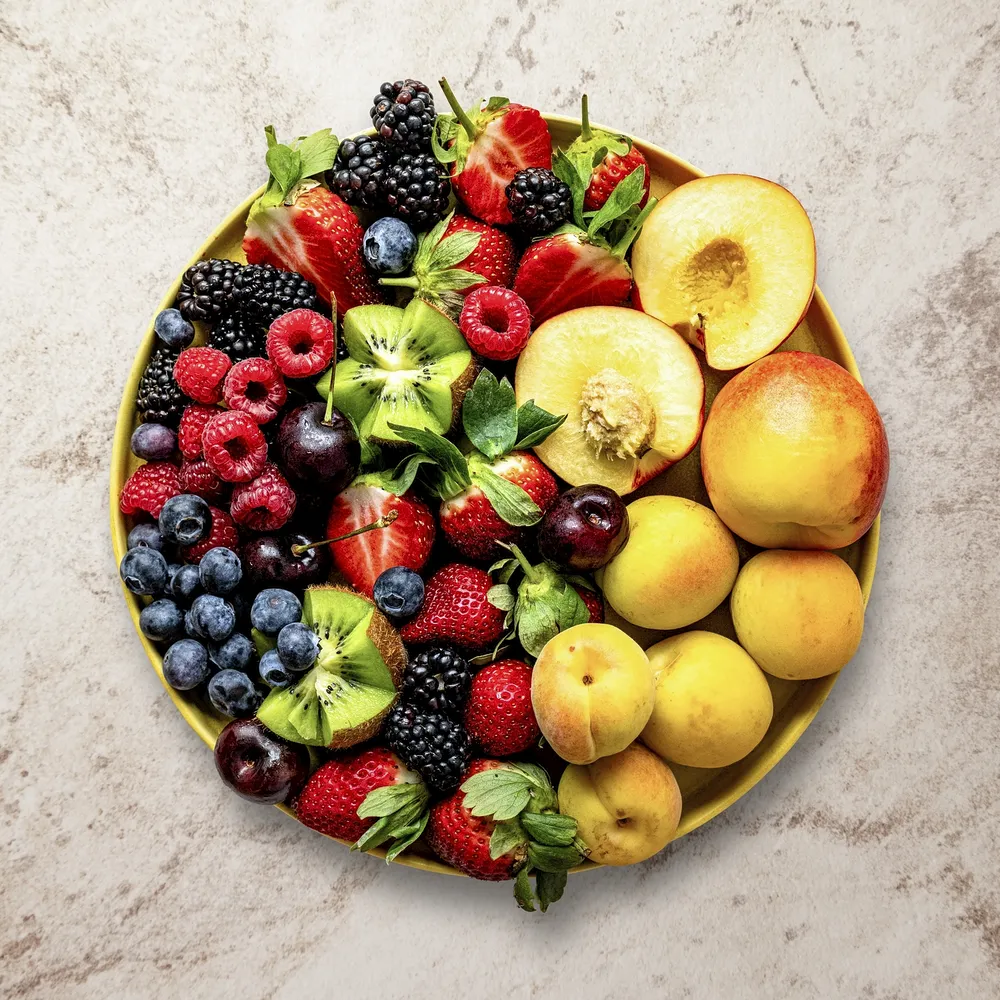Calcium is important for growing and maintaining healthy bones. Almost all (99%) of the body's calcium is found in the bones and teeth.
Calcium is a nutrient required by all living organisms, including humans.
The amount of calcium you need to have on a daily basis varies from person to person according to age and biological sex. For example, below is the Required Daily Intake (RDI) according to age and biological sex:
| 19-50 years | 1,000mg |
| 51-70 years | 1,000mg for males and 1,200mg for females |
Calcium is the most abundant mineral in the body given its presence in bones and teeth. There are a variety of both animal-based and plant-based foods that are high in calcium, of which many are dairy-free. This is great news for vegans and people with lactose intolerance who are unable to have or digest dairy products! Here are six plant-based sources of calcium that can help you reach your daily calcium requirements:
Soy Foods
Soy-based foods are an excellent source of calcium. Minimally processed soy products are also a great source of fiber, minerals, and vitamins.
There are two kinds of soy-based foods: unfermented foods and fermented soy products. Non-fermented soy products include tofu, soy milk, edamame, nuts, and bean sprouts. Fermented soy products include miso, tempeh, natto, and soy sauce.

Half a cup of cooked soybeans supplies 88 mg of calcium to your diet. However, processing soy products can greatly raise the calcium content of soy products. For example, many brands of tofu are made with calcium sulfate as a coagulant, which means that a ½-cup serving might contain between 120-750 mg of calcium.
A one-cup serving of soy milk provides about 93 mg of your daily calcium requirements. Several calcium-fortified soy kinds of milk are also available, which contain between 200-300 mg of calcium per serving.
Tempeh and natto also provide good amounts of calcium. A 100-gram serving of tempeh provides about 11% of your RDI. Meanwhile, natto can offer double this amount!
Nuts and Seeds
Nuts and dried seeds are also very rich in calcium. Some of these nuts and seeds include sesame seeds, chia seeds, almonds, flax seeds, hazelnuts, pistachios, pecans, walnuts, hemp seeds, and pumpkin seeds.
All nuts contain small amounts of calcium. Almonds are particularly rich, providing 97 mg per 1/4 cup (35 grams).
Tahini, a kind of butter made from sesame seeds, is significantly rich in calcium, providing 420 mg of calcium per 100g serving.
Chia and flax seeds also contain fair amounts of calcium, providing around 150 mg of calcium in a 20-25 gram serving.
Vegetables and leafy greens
Some vegetables, especially bitter ones like dark green leafy vegetables and cruciferous vegetables, are high in calcium.
Half a cup of cooked spinach provides 121 mg of calcium, which is around 12% of your RDI. Turnip greens also provide a decent amount of calcium: 99 mg per 1/2 cup cooked serving, which is almost 10% of your RDI.
A cup of raw, shredded bok choy contains 70 mg, which is 7% of your RDI. One cup of cooked bok choy provides more than twice that amount: 150 mg, or 15% of your RDI.
Other calcium-rich vegetables include okra, kale, broccoli, cabbage, and Brussel sprouts. ½ cup of these vegetables provides about 3-6% of your RDI.
At the same time, however, vegetables can also contain varying amounts of anti-nutrients like oxalates. Oxalates can bind to calcium in the gut, making it hard for the body to absorb calcium. Boiling vegetables can help reduce oxalate levels, so it might be better to consume some of these vegetables after cooking rather than in raw form.
Fruits

Some fruits contain a good amount of calcium.
Calcium-rich fruits and fruit products include calcium-fortified orange juice, apricots, prickly pears, tangerines, oranges, kiwis, blackberries, guavas, papaya, and passion fruit.
Fortified orange juice provides almost 350 mg per cup, which is 35% of your RDI.
Dried figs provide around 50 mg of calcium per oz.
Zante currants provide 127 mg of calcium per cup, which is 13% of the Recommended Daily Intake.
Seaweed
Seaweed as a food item is one of the best plant-based sources of calcium because it is better absorbed by the body than in supplement form.
Dried seaweed is a popular choice and can be used as a spice. One cup of dried seaweed provides about 14% of your calcium RDI.
Wakame, a seaweed variety that is typically eaten raw, provides about 126 mg of calcium per cup (80g), or 12% of your RDI. Though seaweed can be a great source of calcium, it can also contain high levels of heavy metals. Some varieties, such as kelp, may contain excessive amounts of iodine per serving. Therefore, it is good to eat seaweed in moderation, and to avoid eating it too often or in large amounts given the potential harm that excess iodine can present to the body.
Grains
Cereals are not generally considered a source of calcium. However, some varieties contain significant amounts. For example, one cooked cup of amaranth and teff (250 grams), two gluten-free ancient grains, provide about 12% of your calcium RDI.
Finger millet also provides 344 mg of calcium per 100g serving.
Conclusion
Dairy products are often considered the only source of calcium. However, calcium is also found in a variety of plant-based foods, such as grains, legumes, fruits, vegetables, nuts, and seeds.
Want to track your calcium levels from the comfort of your home? Vivoo is an at-home urine test that measures your body’s wellness based on 9 parameters like your calcium, vitamin C, magnesium, and ketone levels, among many others. After taking a test, the Vivoo App scores you on your overall wellness and provides you with detailed feedback on your body according to each wellness parameter. But best of all, it shares personalized nutritional and lifestyle advice based on your results to help you improve your wellness. Are you ready to listen to your body’s voice?












